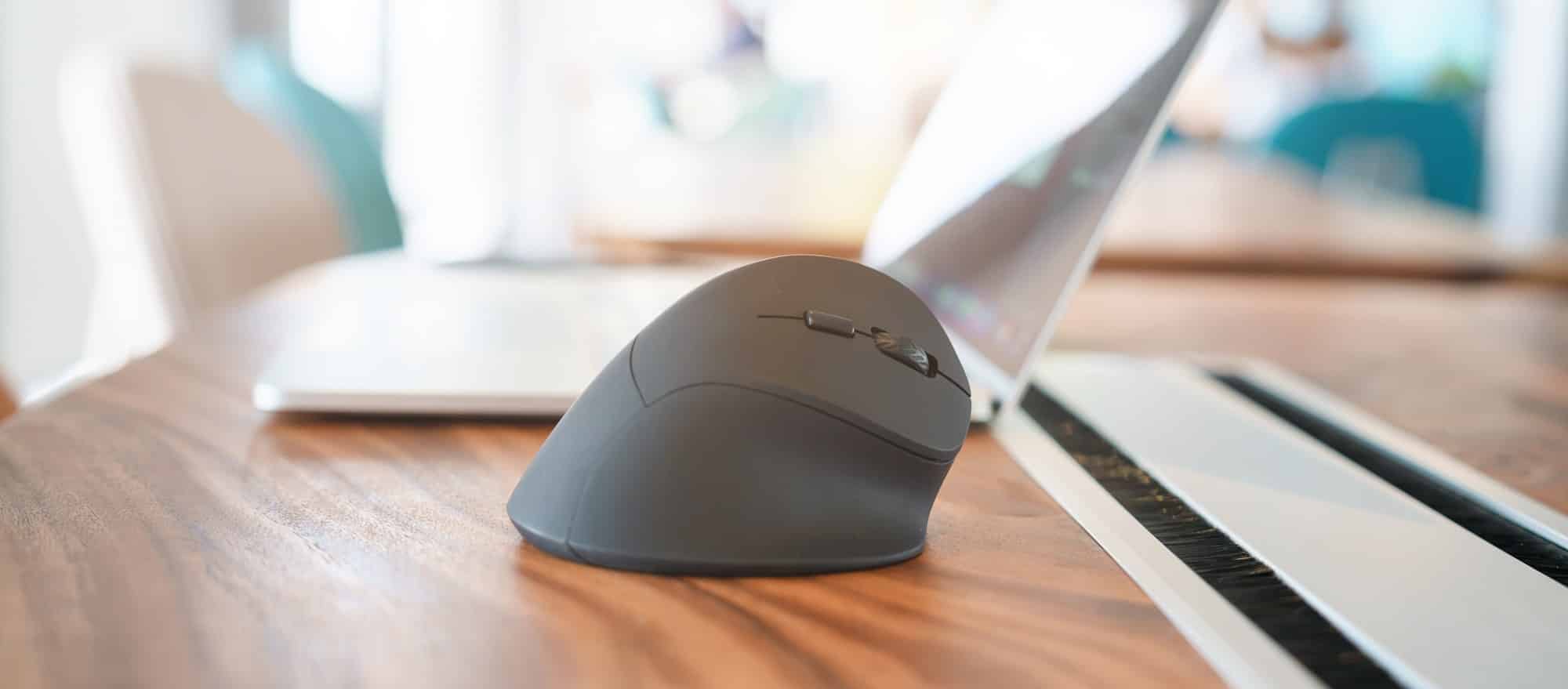As video editors, we understand the importance of a good, ergonomic workstation. A well-designed office can significantly increase productivity, reduce physical strain, and enhance the overall work experience. More so, when you have to work from home, comfort, convenience and a conducive environment becomes crucial. With the right mix of ergonomic furniture, efficient layout, and effective technology, you can transform your workspace into an editing haven. This article will guide you through the process, providing tips and tricks to design the best home office setup for video editors.
Choosing an Ergonomic Chair
The chair is arguably the most vital aspect of ergonomic design. It’s where you’ll be spending most of your day, so it’s essential it’s comfortable, adjustable and provides excellent lumbar support. A good chair should adapt to your body, allowing movement while supporting good posture.
Also to read : How to Setup a Smart Home Network for Seamless Streaming in a Multi-Level House?
When shopping for office chairs, consider factors like seat height, seat depth, backrest, armrests, and adjustability. The goal is to find a chair that allows you to sit up straight with your feet flat on the floor and your wrists level with your desk.
Consider options like the Herman Miller Aeron or the Steelcase Leap, which are known for their exceptional ergonomic features and durability. These can be quite an investment, but considering the amount of time you’ll be spending in them, it’s one that will pay off in the long-term.
Also read : What Are the Innovative Wardrobe Organization Hacks for a Fashion Enthusiast?
Investing in a Good Desk
The right desk can make or break your home office setup. When choosing a desk, think about its height, width, and depth. Will it accommodate your monitor, laptop, mouse, keyboard, and other essential tools? Does it provide enough legroom? Is the desk height appropriate for your chair and your body dimensions?
An adjustable standing desk is a great option as it allows you to change your work position throughout the day, reducing the risk of physical strain. Desks with integrated USB ports can also be a good choice, offering convenience for charging and connecting devices.
When positioning your desk, consider light. Natural light is always best, therefore, if possible, set your desk near a window. But be mindful of glare on your screen, and if necessary, use window treatments or position your monitor to mitigate this.
Setting Up Your Monitor or Laptop
Your monitor or laptop is your window to your work. Its position, size, resolution and brightness can have significant effects on your productivity and physical well-being.
Place your monitor or laptop screen at eye level, about an arm’s length away. This can help prevent neck strain and eye fatigue. Opt for a monitor size between 24 to 27 inches for video editing. For laptops, consider using a laptop stand or docking station to raise the screen to eye level, and a separate keyboard and mouse for optimal ergonomics.
Consider investing in a good quality monitor with high resolution, accurate colors, and adjustable brightness. Monitors with USB-C ports can offer easy connectivity with laptops and other devices.
Lighting and Ambience
Lighting plays a crucial role in your work environment. Poor lighting can lead to eye strain, headaches, and reduced productivity. Make use of natural lighting as much as possible, but also invest in good quality artificial lighting.
Avoid harsh overhead lights. Instead, opt for task lighting, using desk lamps with adjustable brightness. Take advantage of light temperature control features, if available, to adjust the light according to the time of day or the task at hand.
Beyond lighting, consider the overall ambience of your workspace. A clean, clutter-free desk can enhance your focus and productivity. Add some personal touches such as indoor plants, artwork or family photos to make the space inviting and inspiring.
Ergonomic Accessories and Tools
The tools and accessories you use can affect your productivity and comfort. Invest in a good quality keyboard and mouse, designed with ergonomics in mind. Consider a keyboard with a split design or a mouse with a trackball to reduce wrist strain.
A good pair of headphones is essential for video editors. Look for ones with excellent sound quality, noise-cancellation features, and a comfortable fit for long hours of use. Also, consider getting a laptop cooling pad if you’re using a laptop to prevent overheating.
Remember, an ergonomic setup goes beyond the physical aspects. Take frequent breaks, move around, stretch, and adjust your work habits to reduce strain and enhance productivity. You can use apps or tools to remind you to take breaks, adjust your posture, or even do some quick exercises.
Designing an ergonomic home office for video editing requires careful consideration and investment, but the benefits of increased comfort, productivity, and wellbeing are well worth it.
Selecting and Positioning Your Speakers
Ensuring the audio quality of your video edits is just as crucial as the visual elements. As such, investing in high-quality speakers is a must for any video editing home office. Opt for speakers that deliver accurate, clear, and balanced sound. Additionally, consider speakers with USB or Bluetooth connectivity for hassle-free pairing with your computer or editing equipment.
When setting up your speakers, position them at ear level for the most optimal sound. If you’re working with a 5.1 or 7.1 surround sound system, take the time to position each speaker accurately to create an immersive audio editing environment. Use speaker stands or mounts if required to achieve the right height.
Finally, experiment with the positioning of your speakers. Find a place that minimizes echo and maximizes sound quality. To improve acoustics, you might want to consider adding some sound-absorbing materials, like foam panels, to your workspace.
Cable Management and Power Supply
A clutter-free workspace is a more productive workspace. Therefore, proper cable management is essential. Not only does it keep your desk tidy, but it also prevents tripping hazards and makes it easier to switch out devices when necessary.
Start by identifying all the devices that need to be connected and plan how to route their cables. Use cable ties, clips, or sleeves to bundle cables together and keep them out of sight. Trays or boxes can be used to hide power strips and adapters.
Additionally, ensure that your home office has a reliable power supply to support all your devices. Consider getting a UPS (Uninterruptible Power Supply) to protect your equipment from power surges and provide backup power in case of an outage.
Conclusion – Making Your Home Office Work For You
Creating an ergonomic home office for video editing involves more than just buying the right chair and desk. It requires careful consideration of each element of the workspace – from the positioning of the monitor, the quality of the speakers, the management of cables, to the overall ambience.
Remember, everyone’s needs and preferences are different. What works for one person might not work for another. Listen to your body and adjust your setup as necessary. Don’t be afraid to upgrade or change elements that aren’t working for you.
With the rise in remote work, your home office could very well be where you spend most of your working hours. Therefore, it pays to invest time and money in creating a space that promotes productivity, reduces the risk of strain or injury, and makes working from home a comfortable and enjoyable experience.
Whether you’re a seasoned professional or just starting with video editing, a well-designed office setup can have a significant impact on your work. So, start planning your office upgrade and transform your workspace into an editing haven.











